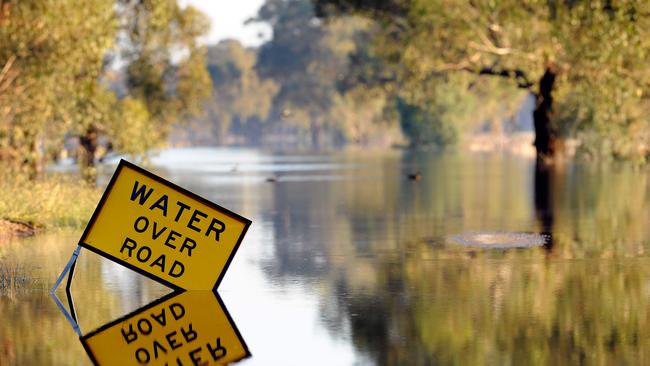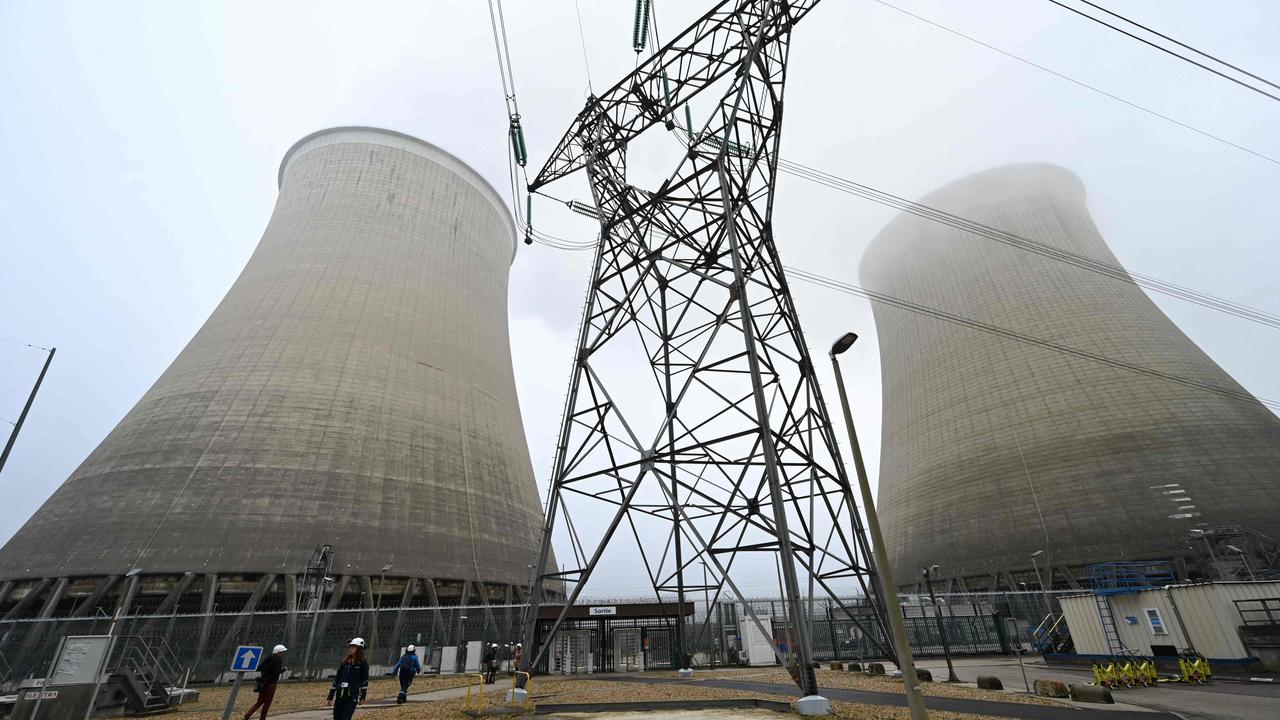Murray Darling Basin: Funding for projects wasted
More than $90 million has been spent on removing constraints to boost the Murray Darling Basin’s environmental flows. But not one project has started.

NSW, Victoria and South Australian governments have been handed $94.9 million in federal funding to remove constraints on boosting the Murray Darling Basin environmental flows, with no result.
Federal government responses to questions raised at Senate estimates show, from July 2017 to May this year, $80.7m was paid to NSW, $7.7m to Victoria and $6.4m to SA for business cases into removing constraints – without a single project progressing to commencement.
A further $44 million has been allocated over the next two years, again to progress business cases and technical assessments.
Federal Opposition water spokeswoman Perin Davey condemned the spending as “mere make-work schemes for bureaucrats and their favoured consultants”.
The bulk of the money was meant to be spent brokering voluntary easements over about 6000 properties along the Murray, Goulburn and Murrumbidgee Rivers, so they could be flooded in a bid to push 80,000 megalitres a day of environmental water across the South Australian border.
Yet the NSW government has spent its $80.7m share on employing consultants and bureaucrats to run a Reconnecting River Country program that has gone nowhere.
The NSW Government’s reconnecting River Country website is littered with statements that while it has spent money on producing inundation maps, landholder engagement strategies and identifying flow easements, it is yet to actually remove any constraints.
On landholder negotiations, the NSW Department of Climate Change, Energy, the Environment and Water states: “If a decision is made to fund and proceed with the program, assistance may be considered for landholders engaged in negotiations.”
As for works on private property, such as upgrading access, culverts and bridges to deal with more environmental water being pushed out onto floodplains, the department states “the program is in development”.
“If it proceeds to delivery, works consistent with the program and relevant floodplain management objectives may be considered for private property in some circumstances.”
National Irrigators’ Council chair Jeremy Morton said while “I’m not surprised, I’m extremely disappointed” that no real progress has been made on removing constraints.
“I went to my first constraints meeting with the MDBA in 2013,” Mr Morton said. “(Now) we’re up to the fourth iteration – first the MDBA, then the NSW Government, then them again and now they’re having another go.”
He said everyone from the irrigators to the Productivity Commission have pointed out that it was pointless recovering more environmental water in the basin, unless you removed constraints to delivering it.




